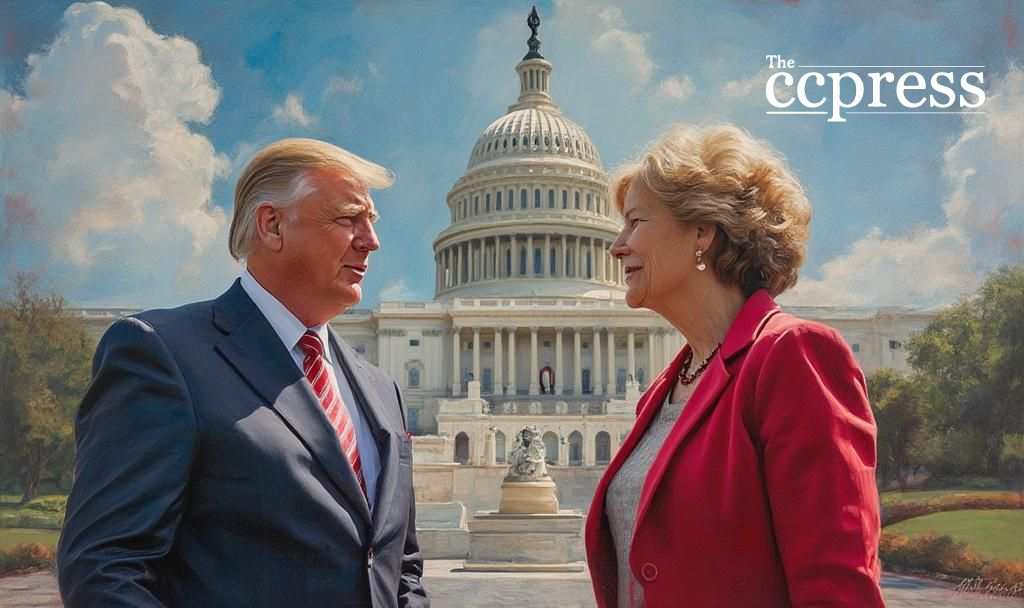- ZachXBT accuses Circle of late action on North Korean addresses.
- Crypto community raises compliance concerns.
- Potential regulatory scrutiny on stablecoin policies.

Nut Graph
The incident highlights the increasing regulatory pressure on stablecoin issuers and raises questions about their compliance and risk management strategies.
“Circle consistently lags in blacklisting high-risk addresses. This systemic failure undermines the whole purpose of compliance and opens the door for rogue actors like Lazarus to exploit the system for months at a time.” — ZachXBT, Blockchain InvestigatorAccusations were aimed at Circle’s supposed inaction over multiple months, during which North Korea allegedly laundered millions via USDC. Official reactions from regulatory authorities and industry experts continue to shape the narrative surrounding this issue. The Department of Justice reported the seizure of millions in illicit crypto transactions, including those involving USDC. This development underscores the ongoing risk management and regulatory challenges faced by stablecoin issuers in integrating secure financial protocols. The events raised concerns among stakeholders about potential impacts on crypto market liquidity and compliance policies. The crypto community emphasized the importance of timely blacklisting and the role of risk management in maintaining financial integrity. Law enforcement and regulatory bodies are likely to intensify scrutiny on stablecoin issuers such as Circle in the wake of these developments. The broader implications for the financial ecosystem underscore the need for robust know-your-client practices and anti-money laundering compliance within the crypto industry.
| Disclaimer: The content on The CCPress is provided for informational purposes only and should not be considered financial or investment advice. Cryptocurrency investments carry inherent risks. Please consult a qualified financial advisor before making any investment decisions. |






























